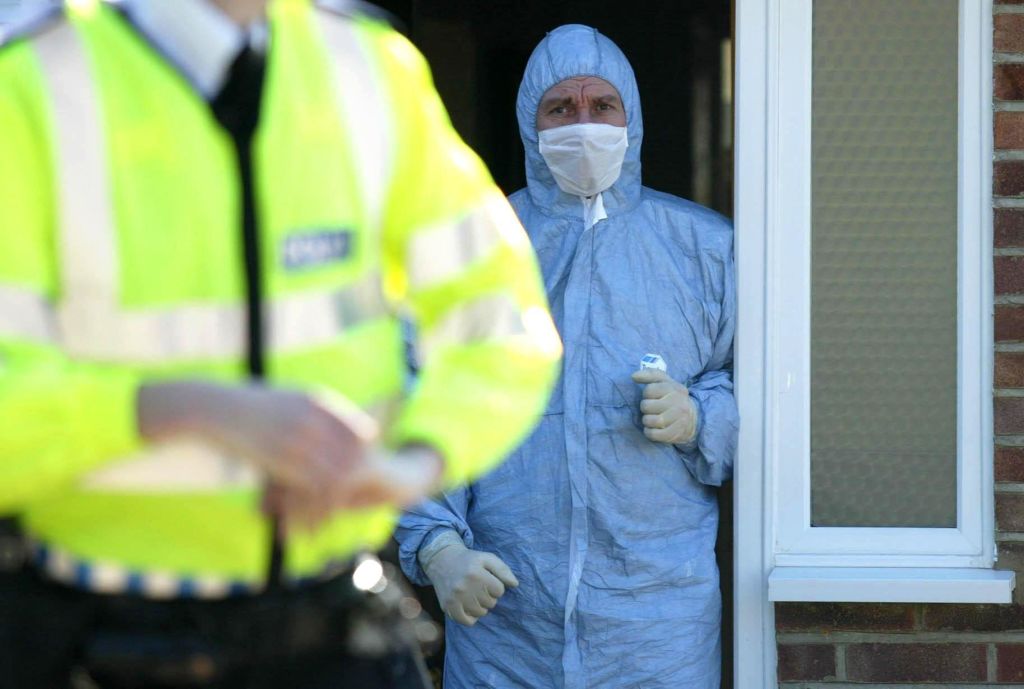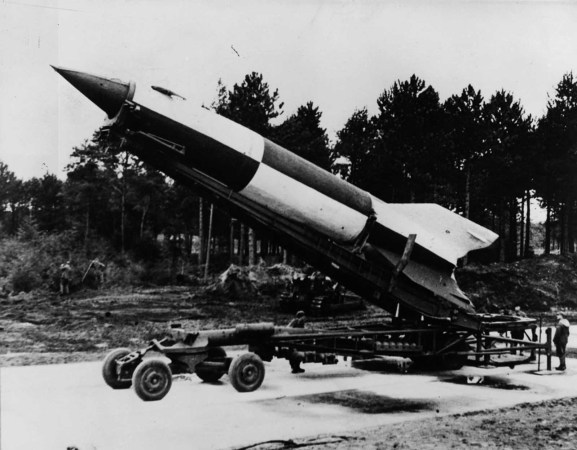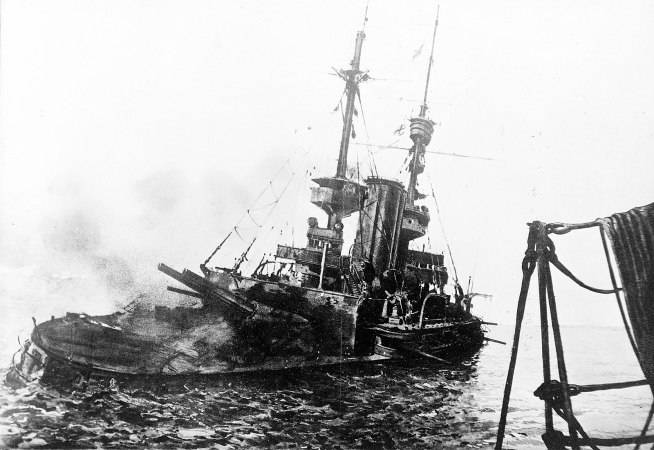Operation Crevice, 2004. London was buzzing, a vibrant hive of people from all corners of the globe. Laughter, the clinking of pint glasses, and the jumbled hum of the Big Smoke’s hustle and bustle made for a thrilling symphony of urban life. But this rhythm was just a veneer, hiding a cold, dark undercurrent waiting to explode. A band of homegrown extremists, as British as a cuppa and a full English, was gearing up to unleash a storm of terror that would shake the nation to its stiff upper lip. Welcome to the chilling grandeur of Operation Crevice. This wasn’t a Michael Bay blockbuster. Instead, it was a terrifying slice of real life, where the baddies weren’t sinister aliens but local lads turned villainous.
The beast unveiled: Operation Crevice
At the heart of Operation Crevice was a plan as audacious as it was destructive. The culprits – all British citizens – intended to detonate car bombs across central London, targeting bustling places that were quintessentially British. The shopping center had long been a symbol of consumerism and comfort. That’s to say nothing of a lively nightclub pulsating with youthful energy. Or even the Ministry of Sound, a thriving hub of music and culture. Their goal? Chaos, destruction, and an unimaginable loss of life.
A web of terror
As the British security services unearthed the unnerving details of Operation Crevice, a chilling truth emerged. This was not an isolated incident. Sadly, it was just a cog in the vast machinery of a terrorist network operating right under their noses. Many of these perpetrators were radicalized by extremist groups in Pakistan, demonstrating the insidious and borderless nature of terrorism. It was a revelation that sent shockwaves through the nation’s security apparatus.
Rise of UK’s terror plots
The dawn of the 21st century ushered in a new era of terrorism within the United Kingdom. Homegrown terrorism, an unsettling phenomenon, began to rise precipitously. In 2001, shoe-bomber Richard Reid, a British citizen radicalized by Al-Qaeda, attempted to detonate explosives hidden in his shoes on an American Airlines flight. His plot was thwarted. However, it exposed the reality of the UK’s homegrown terrorism problem.
The years that followed saw a significant uptick in terror-related arrests and convictions. Studies show between 1998 and 2015, there were over 550 individuals convicted of Islamist terrorism offenses or killed in suicide attacks in the UK. Even more startling? Many were British nationals.
Moreover, the 7/7 London bombings in 2005, orchestrated by four British men of Pakistani descent, claimed 52 lives and injured hundreds more. The sinister plots didn’t end there. In 2006, British security services foiled an Al-Qaeda-inspired plot to detonate liquid explosives on transatlantic flights. In turn, this led to changes in air travel security worldwide. Hello, cold and dirty airport floor.
Operation Crevice, nestled in this timeline, was a stark reminder that the threat was not just external. It underscored the alarming trend of British citizens succumbing to the toxic ideologies of global extremist movements. This event also reinforced that the battle against terrorism was as much domestic as it was international.
The fallout: a wake-up call for MI5
In the aftermath of Operation Crevice, the British Security Service, MI5, faced a moment of reckoning. The revelation that Mohammad Sidique Khan, one of the 7/7 bombers, was a peripheral figure in the Operation Crevice plot sparked public outrage. Despite being on the periphery of a surveillance operation in 2004, he had been deemed as “not essential” to the core investigation, and resources were redirected. Less than a year later, he led the deadly attack on London’s transport system.
This jarring incident highlighted the limitations of resources and the need for effective intelligence prioritization. It exposed a systemic weakness – an inability to keep pace with the mounting scale of the homegrown terrorist threat. This sparked an overhaul of the UK’s domestic counter-terrorism strategy known as CONTEST.
One of the most significant changes was the expansion of MI5’s resources. From 2001 to 2011, the service saw its budget more than double. Its staff numbers increased from around 1,800 to over 4,000. The UK also began to invest more heavily in Prevent, one of the four elements of the CONTEST strategy.
The sobering lessons from Operation Crevice spurred significant changes in the approach of MI5 and other agencies. These ranged from an increased focus on prevention to an overhaul of surveillance practices, from a reassessment of threat levels to an emphasis on international intelligence sharing.

CONTEST
The post-Crevice overhaul of the United Kingdom’s counter-terrorism strategy led to the formal development and implementation of CONTEST. This program was devised by the UK government in the aftermath of the 9/11 attacks and publicly revealed in 2006. CONTEST aims to address all forms of terrorism and prioritize the prevention of nuclear, radiological, biological, and chemical attacks.
CONTEST includes four key strands, or the “four Ps,” each serving a different aspect of counter-terrorism.
Prevent: The primary aim of this strand was to halt individuals from becoming terrorists or supporting terrorism in the first place.
Pursue: This element focused on actively thwarting terrorist attacks in the UK and against UK interests abroad. It involved detecting and investigating threats, disrupting terrorist networks, and bringing perpetrators to justice. This strand was primarily the responsibility of police and intelligence services.
Protect: The “Protect” aspect aimed to decrease the UK’s vulnerability to a terrorist attack by strengthening the country’s overall protection and preparedness.
Prepare: The final strand was designed to ensure the UK’s readiness in case a terrorist attack did occur. It involved planning emergency services’ responses, minimizing the potential impact of an attack, and ensuring the swift recovery from any attack.
CONTEST was a direct response to the changing landscape of terrorism in the UK. It represented a significant departure from previous strategies, focusing on not just reactive measures but proactive, preventive actions. Post Operation Crevice, the strategy has continuously evolved to counter the dynamic, ever-changing threats of terrorism, with the ultimate aim of reducing the risk to the UK and its interests overseas.
Learning from the past: a safer future
The repercussions of Operation Crevice went beyond immediate measures and fear. It brought about a sea change in the UK’s approach to counter-terrorism. A thorough search began as security services revisited and revamped their strategies. This helped strengthen the sieve that had let these terrorists slip through. The painful lessons of Operation Crevice bolstered the case for international cooperation in the battle against terrorism, leading to stronger ties between nations in intelligence sharing and tracking extremist activities.
Operation Crevice left behind a scar that will not soon fade, but it also triggered an evolution in how the UK responds to and pre-empts terrorism. The lessons learned have made the nation stronger, more vigilant, and better prepared to keep its citizens safe in the face of the unseen enemy that is terrorism.










